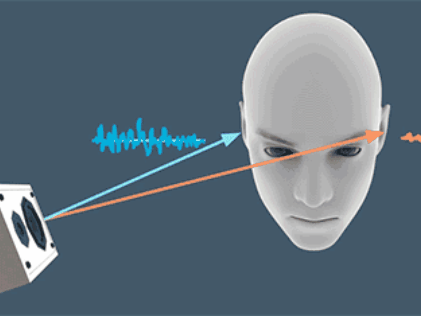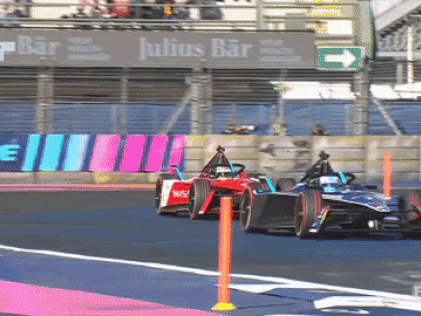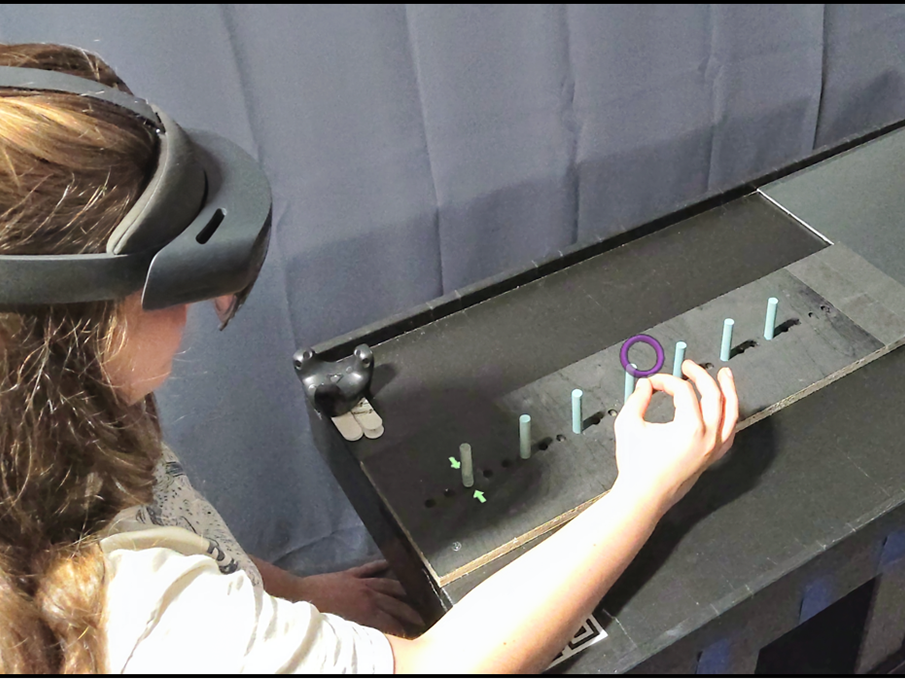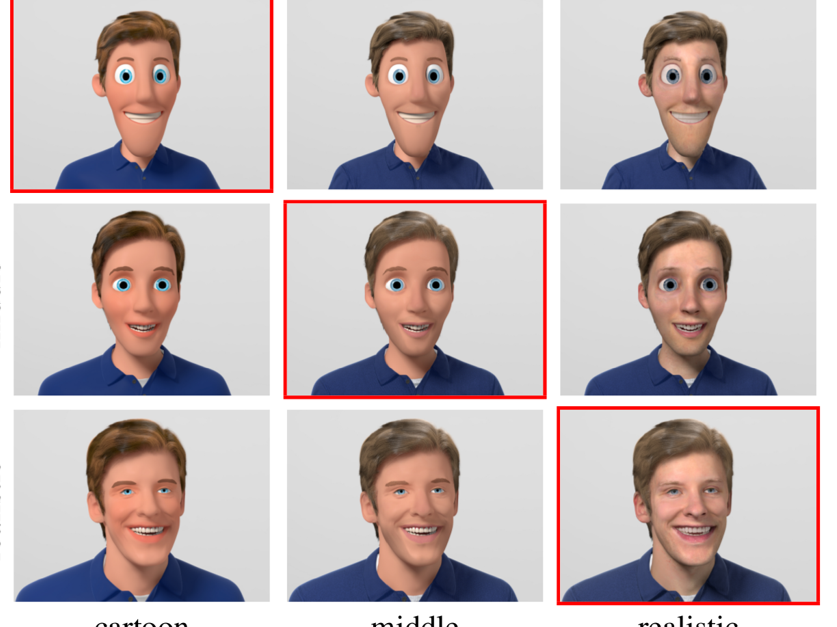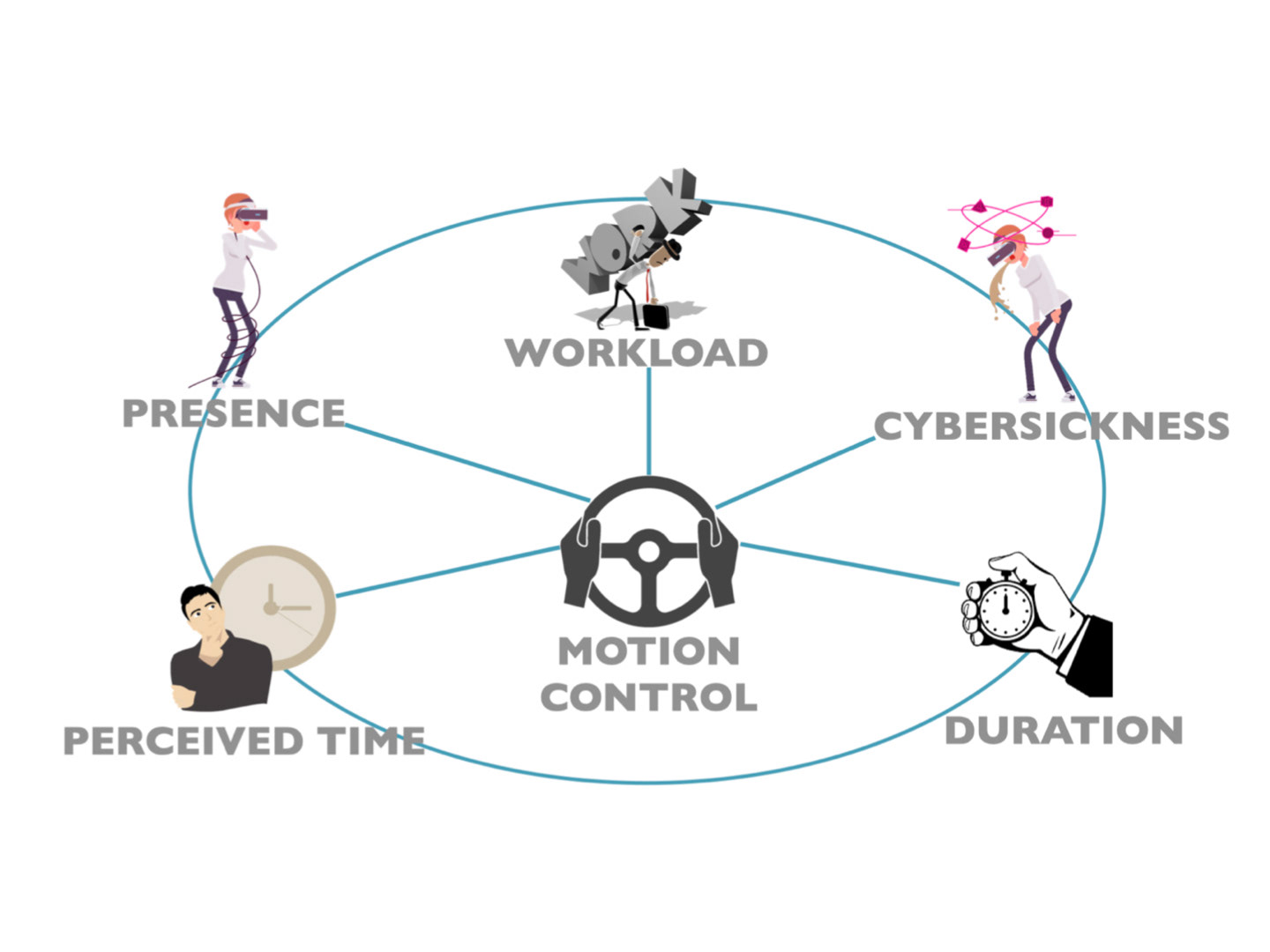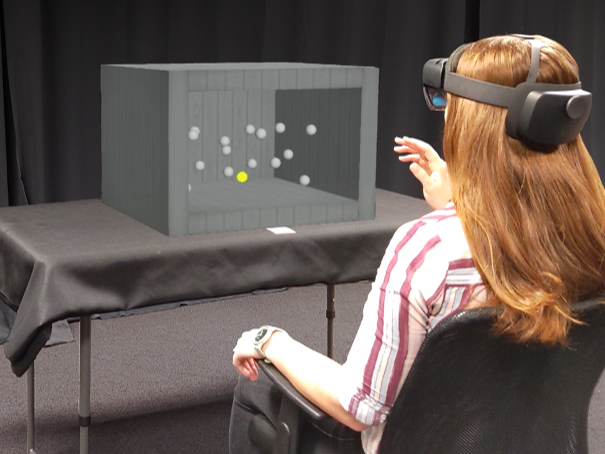Click here to access this article
ABSTRACT
A crucial component of locomotion and mobility is the successful navigation of apertures (e.g., doorways, lanes, corridors). While much research has studied perceptions of action capabilities in a static environment, far less work has considered how action capabilities change in a dynamic environment, particularly when the environment moves in unpredictable ways. The current experiment assessed actors’ perceptions of aperture passability for a dynamically moving gap. In an immersive virtual environment, participants were seated in a wheelchair rolling toward a sliding door while the door oscillated to various widths. The patterns of oscillation were manipulated in terms of their amplitude (sequence standard deviation), predictability (sequence sample entropy), and base width (sequence mean) in a within-participants design. Participants gave judgments of passability within a temporal occlusion paradigm. Results showed that both the amplitude and predictability of the oscillating door impacted the reliability of passability judgments. We suggest that these variables act to alter the salience of optical constraints (e.g., attractors and repellors) within a dynamical systems framework.
ABSTRACT
A crucial component of locomotion and mobility is the successful navigation of apertures (e.g., doorways, lanes, corridors). While much research has studied perceptions of action capabilities in a static environment, far less work has considered how action capabilities change in a dynamic environment, particularly when the environment moves in unpredictable ways. The current experiment assessed actors’ perceptions of aperture passability for a dynamically moving gap. In an immersive virtual environment, participants were seated in a wheelchair rolling toward a sliding door while the door oscillated to various widths. The patterns of oscillation were manipulated in terms of their amplitude (sequence standard deviation), predictability (sequence sample entropy), and base width (sequence mean) in a within-participants design. Participants gave judgments of passability within a temporal occlusion paradigm. Results showed that both the amplitude and predictability of the oscillating door impacted the reliability of passability judgments. We suggest that these variables act to alter the salience of optical constraints (e.g., attractors and repellors) within a dynamical systems framework.
